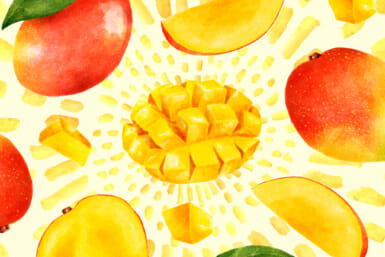by Ian Priestley
THERE CAN’T BE an expat living in Tokyo who has not tried okanomiyaki at least once.
The hands on, DIY cooking experience is part of the charm as you pour, pat and fail to flip the tasty little omelette-like offering before eating.
Less is known, however, about its poorer relative, monjayaki. Monja, as it’s lovingly referred to, is the food of the shitamachi (downtown) and is as far from the high-class sushi restaurants of Ginza and Akasaka as it is possible to get.
Monja has its own realm: the bayside area of Tsukishima, a cluster of two- or three-storey houses on reclaimed land at the mouth of the Sumida river. The area, like Shinjuku’s Golden Gai and Nishi-Nippori, gives a rare insight into how Tokyo used to be, with its family run shops and restaurants that seem oblivious to the advancing tower blocks.
The community has existed since the beginning of the Edo period and was traditionally based around the fishing industry. These days it’s the monja that keeps the community afloat and the main street, Nishinaka-dori, (more commonly known as Monja-dori) is a fascinating street where monja restaurants rub shoulders with florists, bookstores and greengrocers; proof that life existed before the advent of the convenience stores and supermarkets. There is even an old koban dating back to 1926.
Not a nation to take food lightly, the Japanese have turned monja eating into something of a national pursuit. As you come out of Tsukishima station you immediately see the offices of the national monja association, where groups congregate in readiness for a tour around some of the more famous establishments. Not bad for a dish that started out as a kind of austerity food in the Showa era, created as a way to combine scraps of food into something edible!
Although the main shotengai has plenty to offer, turn off into one of the many side streets to capture the real atmosphere of Tsukishima. Small neon signs invite you into Showa era wooden houses that serve monja in restaurants no bigger than a living room.
We soon found ourselves in one, appetites warmed by the omnipresent smell of cooking in the neighborhood. Our coats and bags were placed in plastic bags, as the smell and smoke from hot plates threatens to stay with you for longer than just the evening.
The basic monja mix, a combination of flour, water, bonito broth, and shredded cabbage, was offered with all manner of filling; squid, prawn, octopus and meat. The difference between okonomiyaki and monja, I am told, is the greater amount of water used in the latter, which also means you have to scrape it off the hot plate with a spatula. Our supervisor on this occasion was a no-nonsense local lady who kindly let us mess things up for a while before stepping in to show us all how it was done.
The lack of refinement was a particular pleasure, as was the look on the face of a Japanese friend when, post-monja, the grill was scraped clean and slightly unedifying scraps were offered on the end of the spatula. “They are the best bits,” the waitress assured us.
Whether you decide to go for the full-on monja experience is up to you but, washed down with a beer or two, monja makes for a nice alternative to the more famous names of Japanese food. And, even if you find you’re not really a monja convert, the izakaya-like atmosphere in the restaurants makes for a fine evening out.








